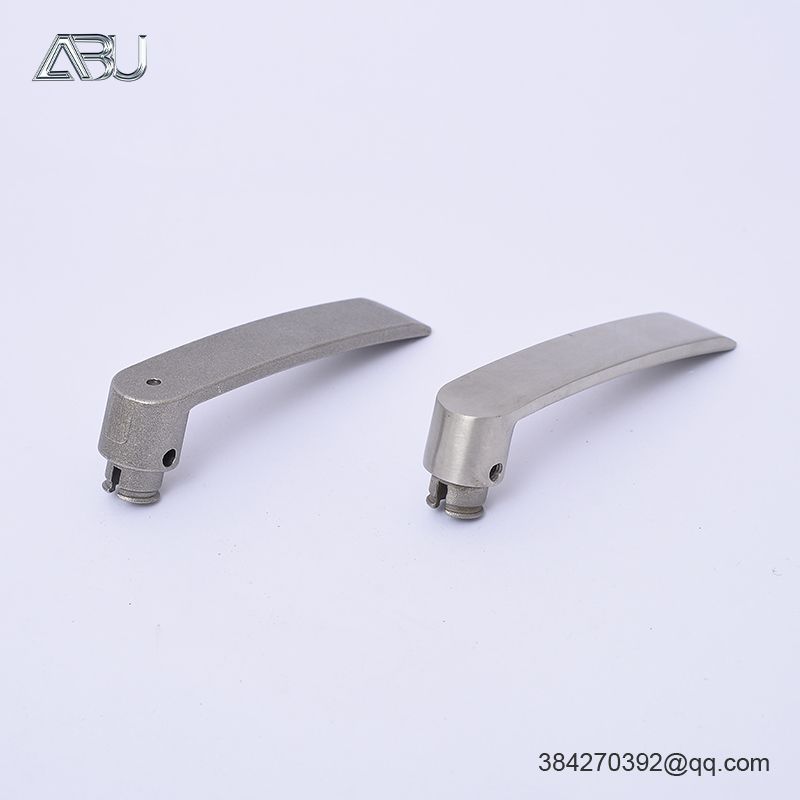The Benefits of Investment Casting
In the realm of modern manufacturing, where precision, efficiency, and versatility reign supreme, investment casting has emerged as a cornerstone process. Also known as "lost wax casting," investment casting is a centuries-old technique that has evolved to meet the demands of today's industries. This article delves into the myriad benefits that investment casting offers, showcasing why it remains a favored method in the production of intricate and complex components.
Precision and Intricacy
Investment casting is renowned for its ability to produce intricate and finely detailed components with exceptional precision. The process begins with the creation of a wax or wax-like pattern, which is then coated with a ceramic shell. This shell is subsequently heated to melt away the wax, leaving behind a cavity. Molten metal is poured into this cavity, filling the intricate voids to create a near-net-shape product.
The precision achievable through investment casting is unrivaled by many other casting methods. This makes it an ideal choice for producing components with intricate geometries, such as turbine blades, dental implants, and jewelry. The ability to replicate intricate details ensures that the final product meets the most stringent design specifications.
Versatility in Material Selection
Another notable advantage of investment casting lies in its material versatility. The process can accommodate a wide range of metals and alloys, including stainless steel, aluminum, brass, bronze, and even superalloys like Inconel and titanium. This adaptability in material selection allows manufacturers to tailor the component's mechanical properties, corrosion resistance, and heat resistance to the specific application requirements.
Furthermore,Custom investment casting can be utilized to create components of varying sizes, from small intricate parts to larger, more complex structures. This versatility makes the technique suitable for a multitude of industries, including aerospace, automotive, medical, and more.

Reduced Material Waste
Investment casting's "near-net-shape" capability contributes to its reputation as an environmentally friendly casting method. The precision of the process minimizes the need for extensive machining and finishing after casting, resulting in reduced material waste compared to other casting methods.
Traditional casting techniques often require more material to account for post-processing requirements. Investment casting's ability to create complex shapes with minimal material waste not only enhances resource efficiency but also reduces energy consumption, contributing to a more sustainable manufacturing process.
Cost-Effectiveness and Efficiency
While investment casting may involve higher initial tooling and setup costs compared to some other casting methods, its efficiency and precision often lead to cost savings in the long run. The reduced need for secondary machining and finishing operations translates to shorter lead times and lower labor costs.
Additionally,Precision investment casting facilitates the production of complex assemblies as a single, integrated unit. This eliminates the need for joining multiple components, reducing assembly time and potential points of failure. The resulting reduction in assembly costs further contributes to the overall cost-effectiveness of the investment casting process.
Conclusion
In the ever-evolving landscape of modern manufacturing, investment casting stands as a testament to the union of tradition and innovation. With its ability to create intricate and precise components, accommodate a wide range of materials, minimize waste, and streamline the production process, investment casting offers a multitude of benefits to industries seeking both quality and efficiency.
As industries continue to push the boundaries of what is possible, investment casting remains a steadfast method for producing components that meet the demands of complex applications. Its versatility, precision, and cost-effectiveness ensure that investment casting will continue to play a pivotal role in shaping the future of manufacturing.

Comments